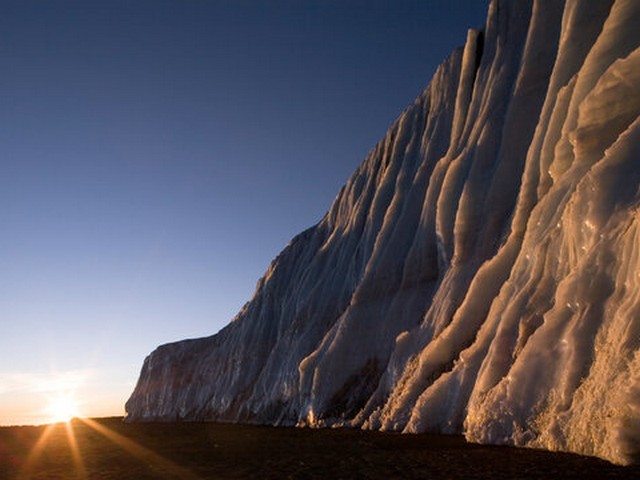Safety Guidelines For Solo Kilimanjaro Trekkers
Climbing the majestic Mount Kilimanjaro is a dream for many adventurers around the world. As the highest peak in Africa, Kilimanjaro offers not just breathtaking views, but also a chance to test one’s endurance and spirit. However, ascending this giant as a solo trekker comes with its unique set of challenges and risks. At the Kilimanjaro Centre for Trekking and Ecotourism (KCTE), we believe that preparedness is key to a successful and safe climb. In this post, we will guide you through essential safety guidelines tailored specifically for solo trekkers aspiring to conquer Kilimanjaro.
Understanding Kilimanjaro’s Unique Environment
Before you even lace up your boots, it’s crucial to understand the environment of Mount Kilimanjaro. Spanning several climate zones from tropical to arctic, the mountain can present extreme weather conditions. Sudden rainfall, cold temperatures, and strong winds are common, so knowing what to expect and how to prepare for these conditions is the first step in ensuring a safe solo trek.
Gear and Preparation
For solo trekkers, the right gear is your first line of defense against the elements. Ensure you have:
- A quality, insulated, waterproof jacket
- Breathable yet warm clothing layers
- High UV protection sunglasses and sunscreen
- A sturdy pair of hiking boots
- A reliable headlamp and spare batteries
Additionally, acclimatizing to altitude is crucial. Consider a longer route for your ascent, which gives your body time to adjust to the thinner air, reducing the risk of altitude sickness.
Navigating the Trail Alone
When you trek solo, the freedom is exhilarating, but it also means you are solely responsible for navigation and decision-making.
Map and Compass Skills
Even if you are following well-trodden paths, having the skills to use a map and compass is indispensable. GPS devices are helpful but never rely solely on electronic devices as batteries can die or signals can get lost.
Recognize and Manage Altitude Sickness
Symptoms of altitude sickness can include headache, nausea, dizziness, and fatigue. If you start feeling any of these symptoms, the best course of action is to stop ascending, rest, and if symptoms persist or worsen, descend immediately.
Health and Safety Measures
Maintaining your health throughout the trek is not just about managing altitude sickness.
Hydration and Nutrition
Drink at least three to four liters of water per day and bring water purification methods with you. Eating balanced meals rich in carbohydrates will give you the energy needed for the strenuous climb.
Emergency Protocols
Always have a plan for emergencies. Carry a basic first aid kit, know basic wilderness first aid procedures, and inform someone of your trekking plan and expected return.
The Role of a Trusted Tour Operator
While solo trekking can be rewarding, partnering with a trusted tour operator like Kilimanjaro Centre for Trekking and Ecotourism (KCTE) can enhance your safety manifold. Here’s why:
Expert Guides
Our guides are trained to handle emergencies, including altitude sickness, and are familiar with the mountain’s various routes and weather conditions. They can make real-time, safety-first decisions that no amount of solo preparation can substitute.
Logistic Support
From carrying heavy gear to setting up camps, our team ensures that you can focus on the trek without logistical worries. Plus, our pre-arranged meal plans keep you energized and hydrated without the hassle of managing your food supplies.
Staying Connected
Solo doesn’t have to mean being completely disconnected. Here are a few tips:
Communication Devices
Consider renting satellite phones or devices like the SPOT tracker, which allow you to send messages and SOS signals if you find yourself in trouble.
Checkpoints
Use established camps or checkpoints to stay on the radar of park management. These spots can be vital for rest and obtaining local trail information.
Summary and Call to Action
Climbing Mount Kilimanjaro is an adventure of a lifetime and doing it solo adds an incredible sense of achievement. However, the mountain demands respect, preparation, and adherence to safety guidelines to tackle its challenges successfully. Solo trekkers need to prepare thoroughly, stay vigilant, and consider the support of professional guides for a safe journey.
At Kilimanjaro Centre for Trekking and Ecotourism (KCTE), we are committed to making your Kilimanjaro dreams a reality with utmost safety. Our experienced guides, comprehensive support, and top-notch equipment are at your service to ensure you have a memorable and secure climbing experience.
Ready to embark on your Kilimanjaro adventure?
Contact us today to plan your safe and exhilarating solo trek up Mount Kilimanjaro with KCTE, where your adventure and safety are our priority.
FAQs
Q: Is it safe to climb Kilimanjaro alone?
A: Climbing Kilimanjaro alone can be safe if you are well-prepared and follow essential safety guidelines. However, hiring a guide or joining a group can significantly enhance safety.
Q: How do I acclimatize properly for Kilimanjaro?
A: Acclimatizing involves a slow ascent and spending a few days at mid-elevation levels. Choosing a longer route can naturally help with better acclimatization.
Q: What is the best time of year to climb Kilimanjaro?
A: The best times to climb Kilimanjaro are during the dry seasons, from June to October and from December to March.
Q: Can KCTE arrange solo treks on Kilimanjaro?
A: Yes, KCTE can arrange solo treks with the support of our experienced guides and porters, ensuring you get the solitude of a solo trek with the safety of a guided tour.




